The plates of flat plate heat exchangers are mounted in such a way so that the flow of hot and cool liquid runs counter to the other without coming into direct contact. The plates used in the mechanism are typically fabricated from a conductive metal such as stainless steel or aluminum. Read More…
Enerquip is your trusted shell and tube heat exchanger partner. Our in-house, thermal design engineers and ASME welders and fabricators can design and build custom engineered solutions for your company’s specific needs. Our experience and expertise have earned us a preferred supplier status with leading companies in the pharmaceutical, food and beverage, cannabis, personal care, chemical,...
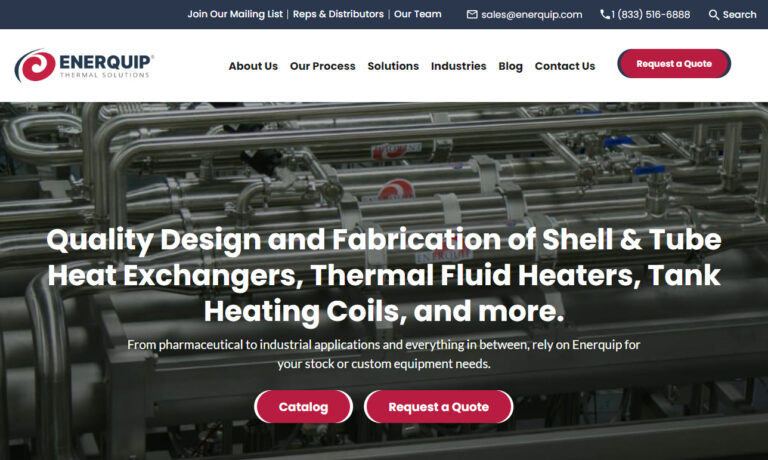
Mason Manufacturing is a custom fabricator of shell and tube heat exchangers, ASME pressure vessels, columns, and tanks. Located in Decatur, Illinois, Mason has over 60 years of experience providing customers with custom fabricated vessels that conform to customer specifications, applicable codes, accepted industry standards and that are consistently shipped on time with competitive pricing....
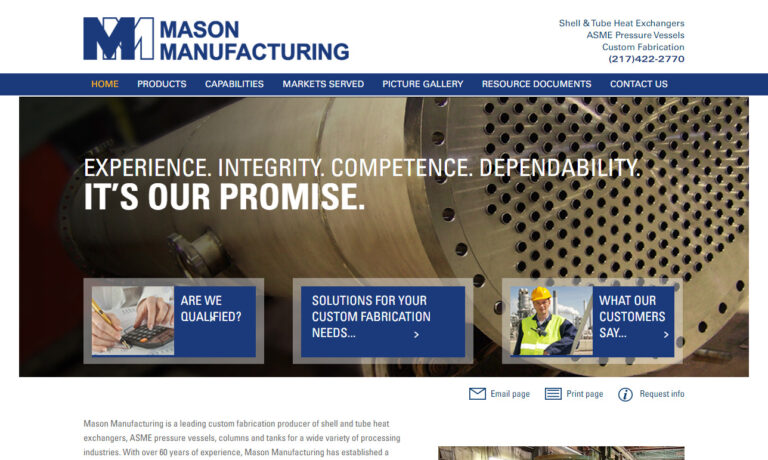
At Tech Fab, we specialize in providing comprehensive solutions for heat exchangers, tailored to meet the diverse needs of our valued clientele. With decades of experience and expertise in the fabrication industry, we have established ourselves as a trusted leader, known for our unwavering commitment to quality, innovation, and customer satisfaction. Our product offerings encompass a wide range...
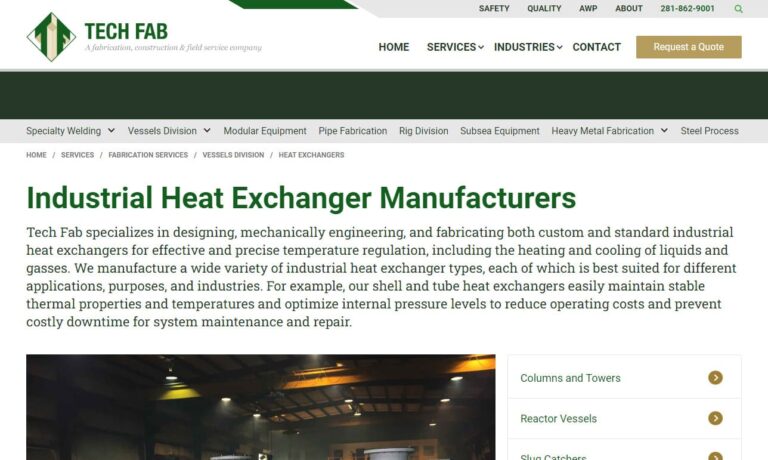
Since 1983, we have been providing quality heat transfer products for a wide variety of applications. We repair, rebuild or manufacture heat exchangers, tube heat exchangers, shell heat exchangers and double-wall heat exchangers. Electronics, hospitals and housing industries depend on us.
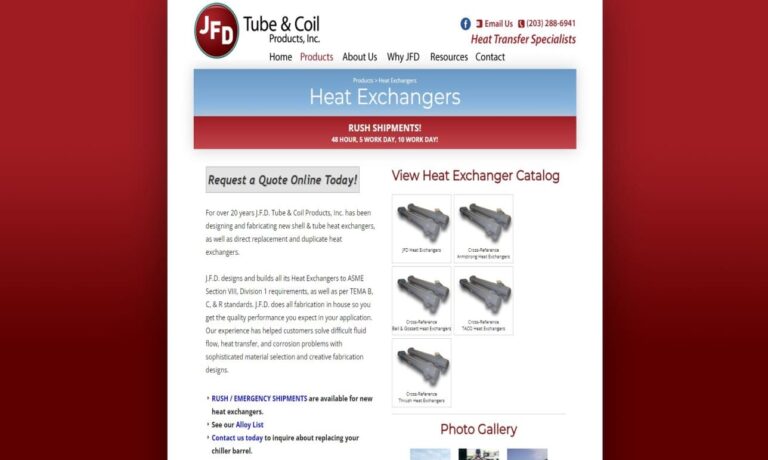
Since 1930 we have been a leader in providing control solutions and process equipment at McRae Engineering. Our product offerings include heat exchangers, agitators, boilers, vacuum pumps, process heaters, dampers, centrifugal blowers, and more. We also provide various repair services for our customers. Our experienced engineers will work with you to ensure all your specifications are met. Our...
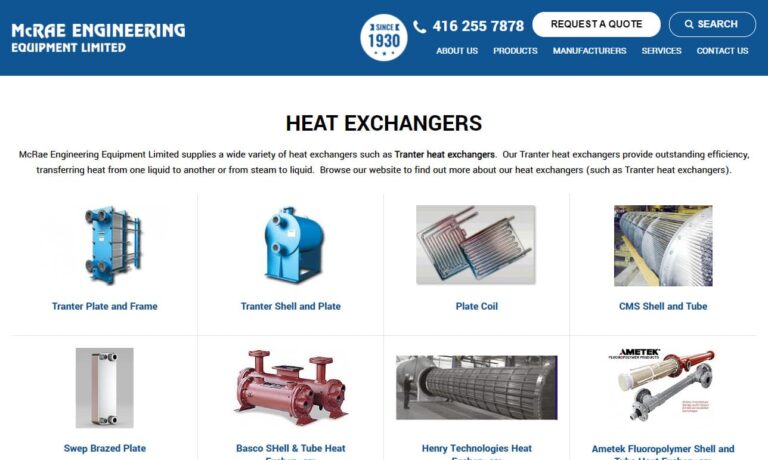
At Lone Star Thermal Engineering, we specialize in providing comprehensive solutions for heat exchangers tailored to meet the diverse needs of our valued clientele. With our expertise in the field of thermal engineering, we have established ourselves as a trusted leader known for our commitment to quality, innovation, and customer satisfaction. Our product portfolio encompasses a wide range of...
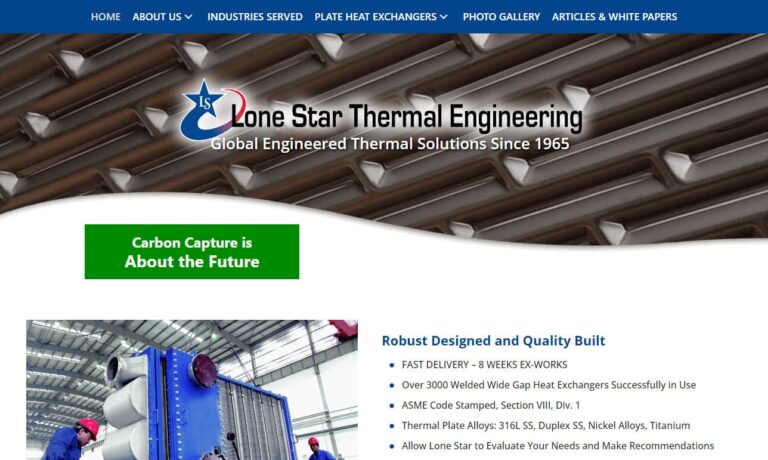
More Plate Heat Exchanger Manufacturers
The plates will come under a certain amount of pressure due to the temperature changes and pressure of flow, therefore the material chosen needs to be durable. There is also a chance of thermal stress and shock as one side of the plate is exposed to cool liquid while the other side is exposed to heated liquid.
As the respective temperatures are absorbed by the plate, it may experience some stress and needs to be strong enough to maintain its shape under that stress. Plate heat exchangers are used in heating, cooling, steam and industrial processes in equipment such as chillers, refrigeration and HVAC processes. Another common use of these exchangers is in domestic water heating applications using small versions of the mechanisms.
There are many advantages to using plate heat exchangers in place of alternate options such as shell and tube heat exchangers or spiral heat exchangers. Flat plate exchangers are relatively small compared to the amount of liquid they are able to process. They offer high performance results in terms of efficiency as the rate of heat transfer is directly comparable to the amount of surface area available.
The flat plates offer a large surface area, further increased by the addition of a corrugated surface that allows for a large amount of heat to be transferred through the plate at one time. The corrugations also create disruptions in the flow of liquid that increase the exposure of the liquid to the plate surface and therefore further increase the rate of transfer.
Further advantages include the low installations costs and typically low maintenance costs of plate heat exchangers. While certain materials processed with these exchanges may leave residual traces on the plates that require cleaning, the structures generally are simple and durable. Plate heat exchangers can also be used in the process of waste heat recovery, allowing manufacturers to make their processes greener.

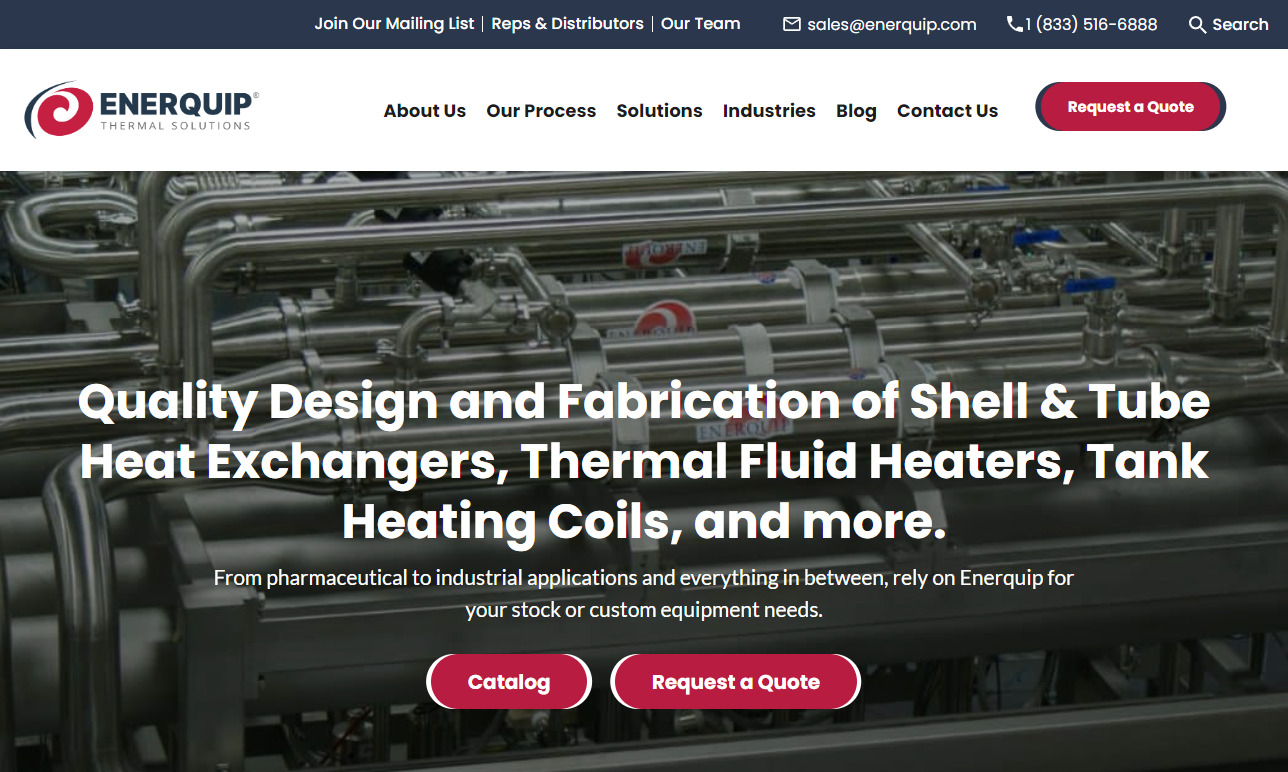
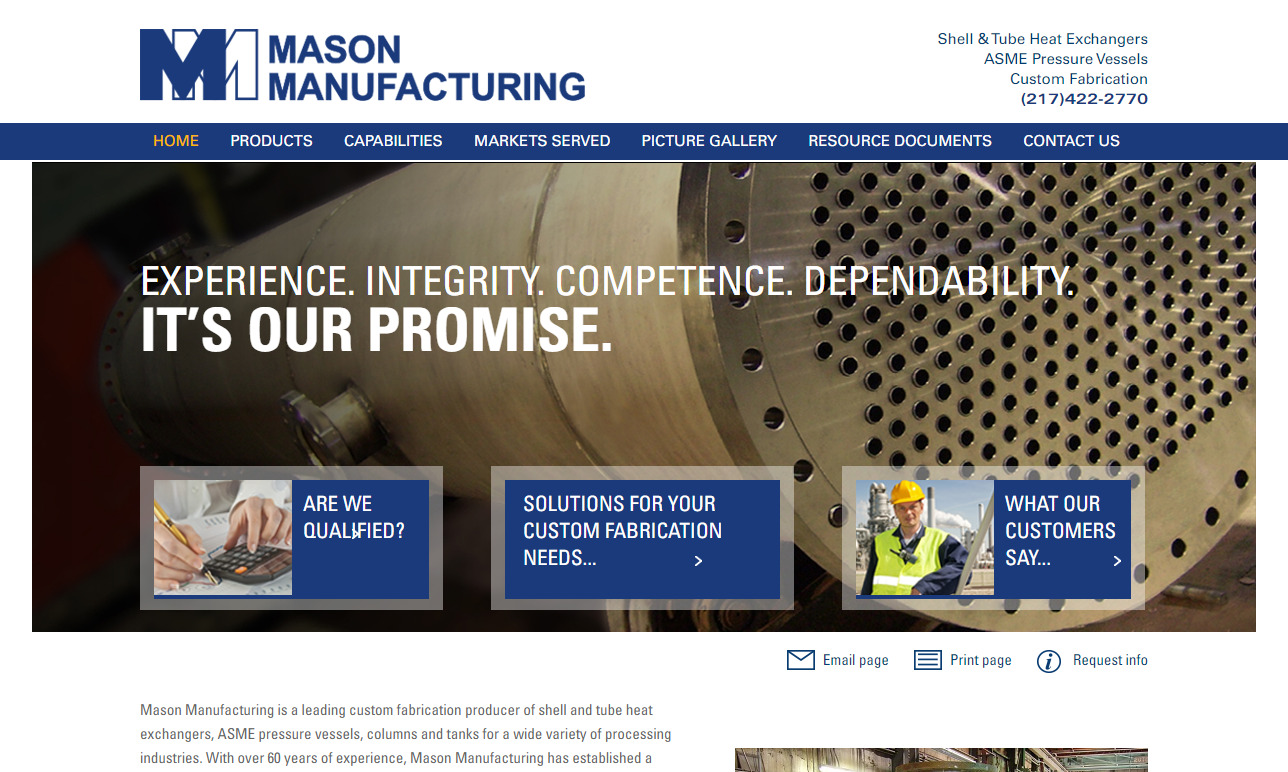
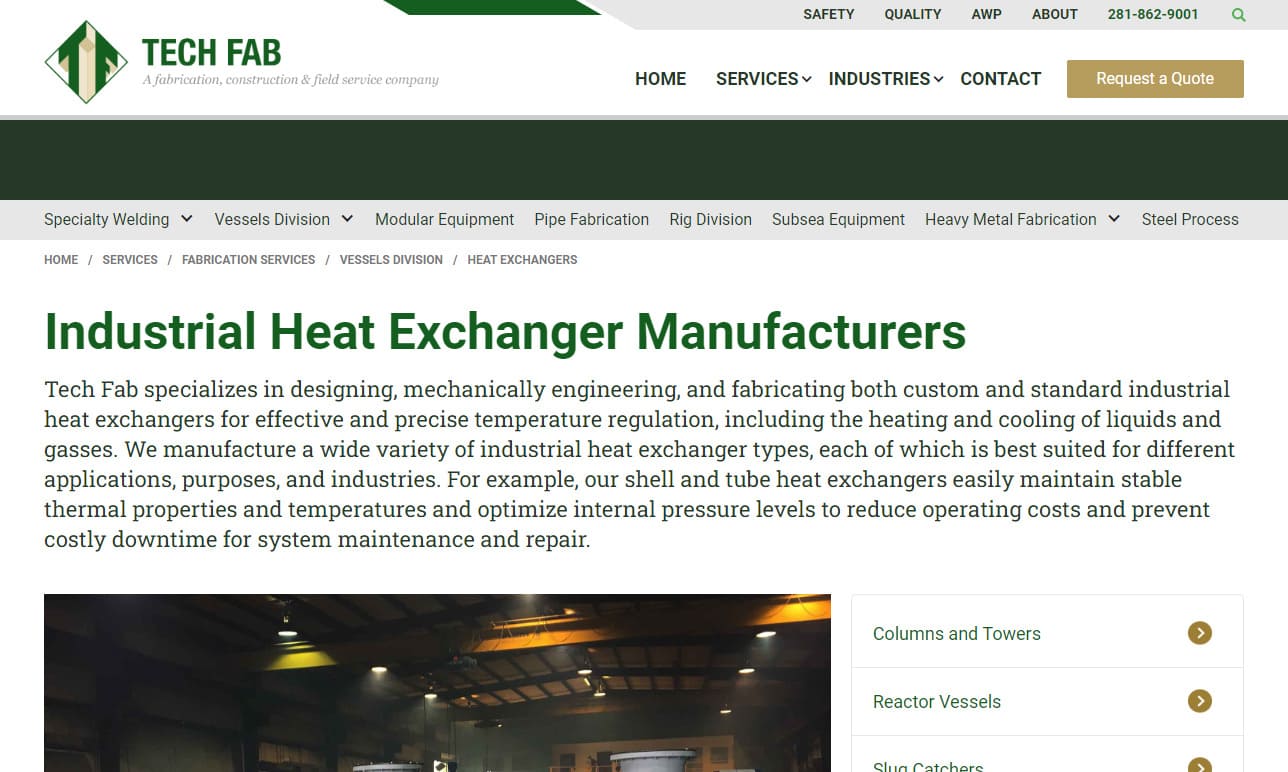

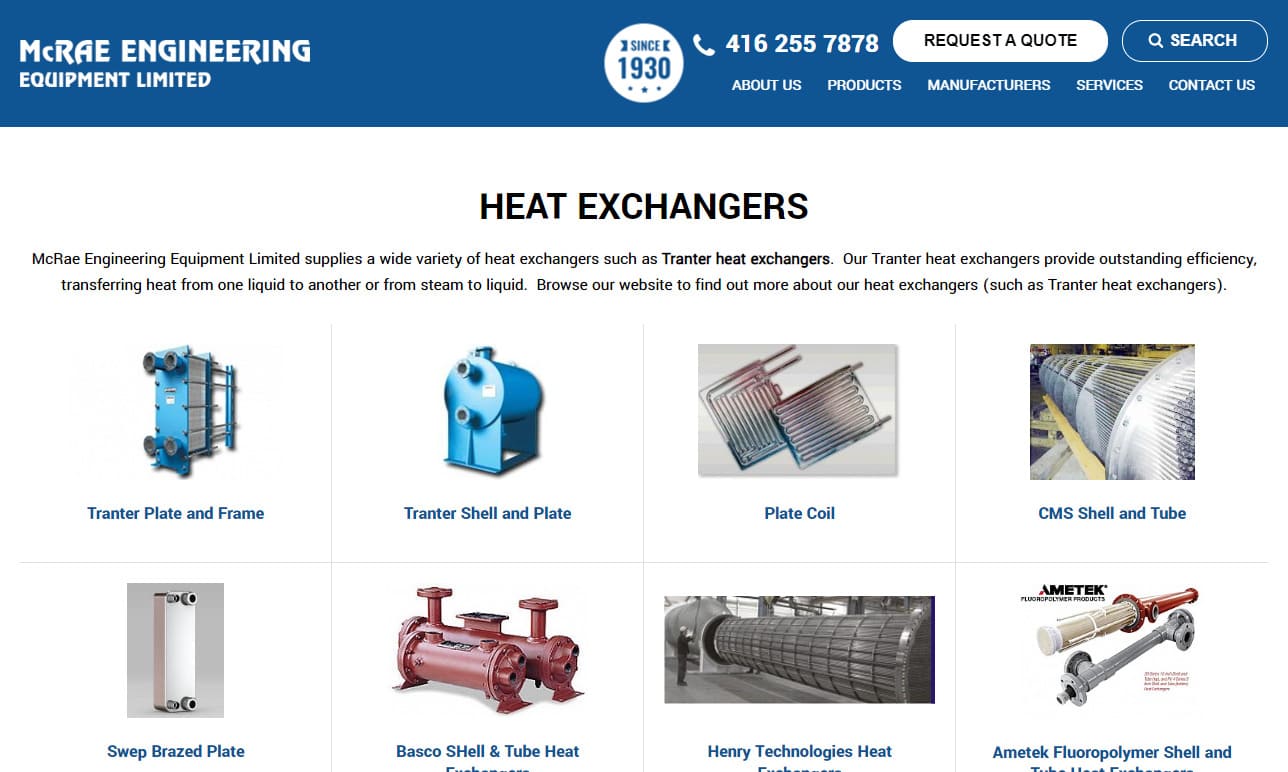
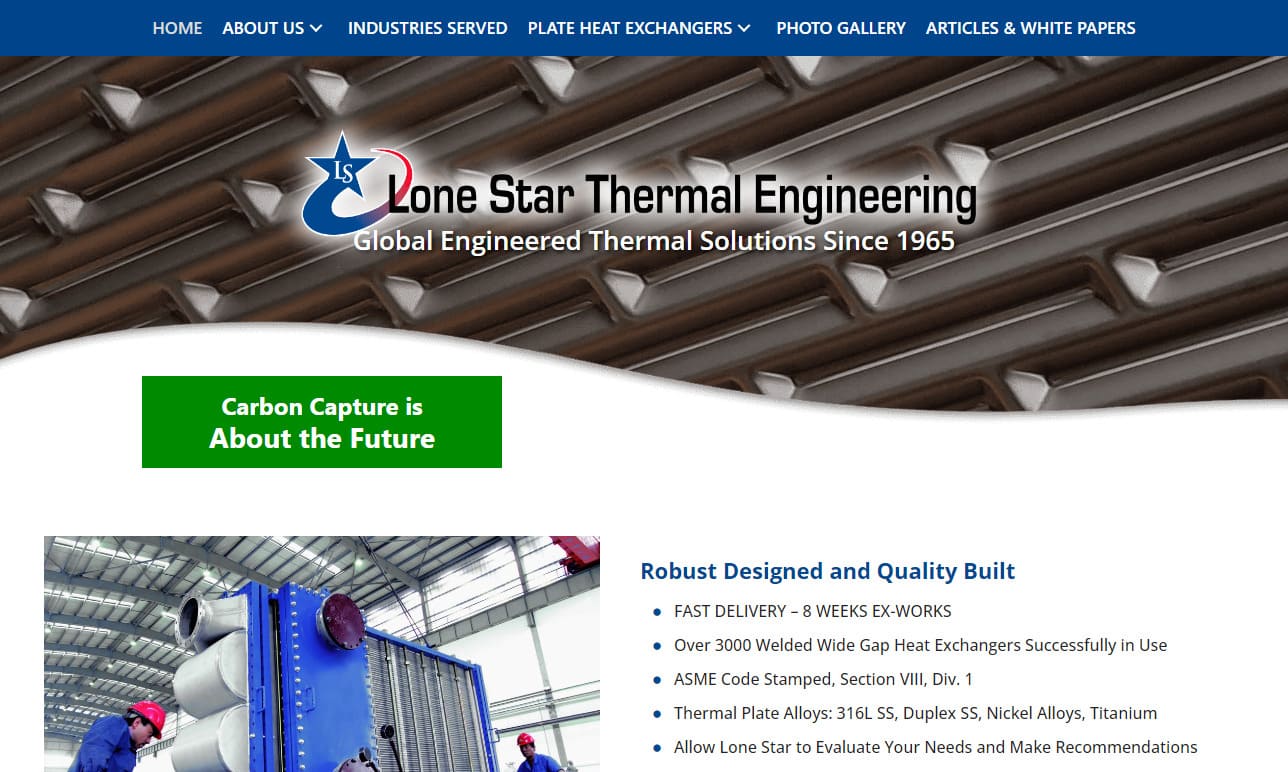
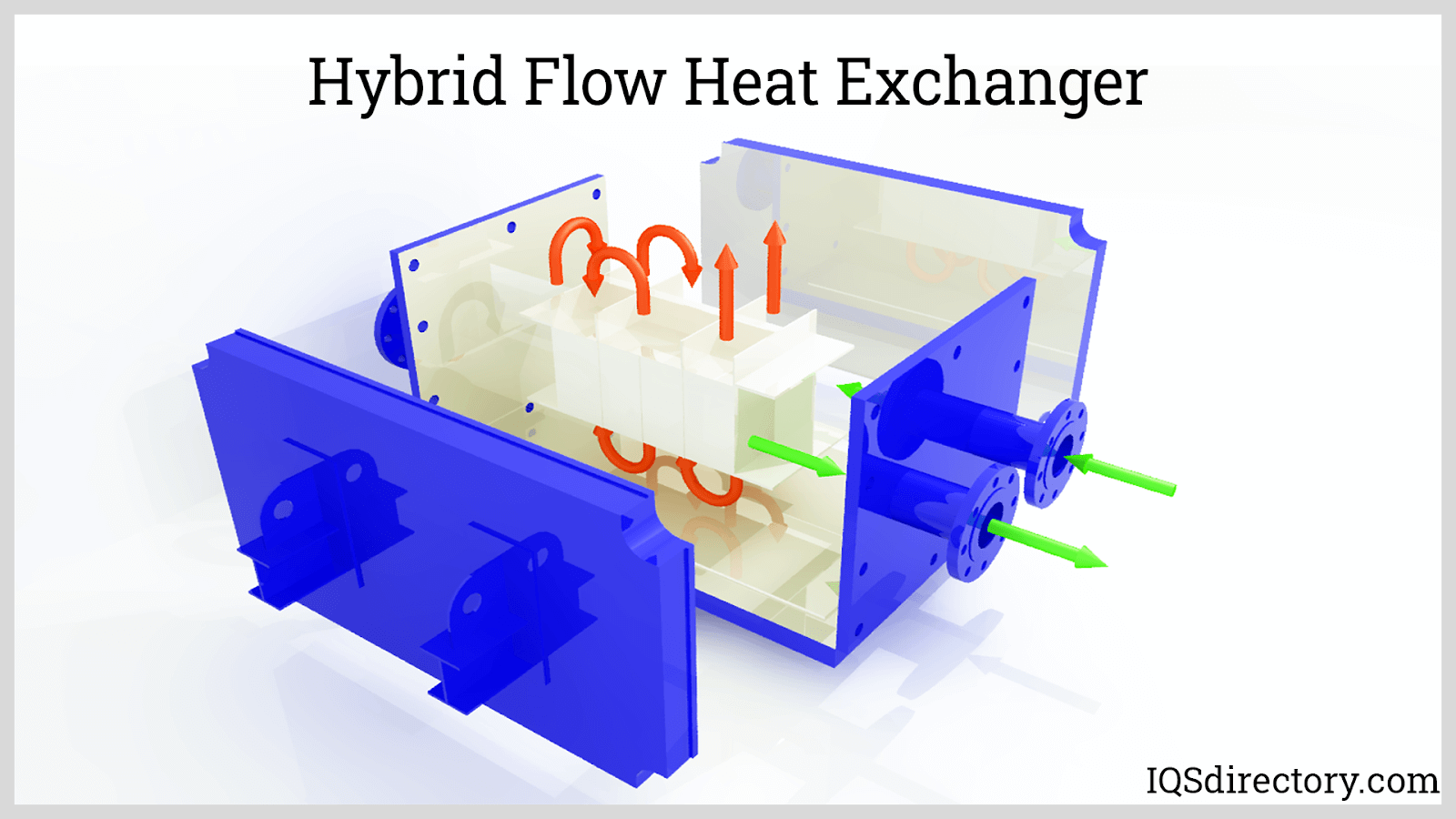
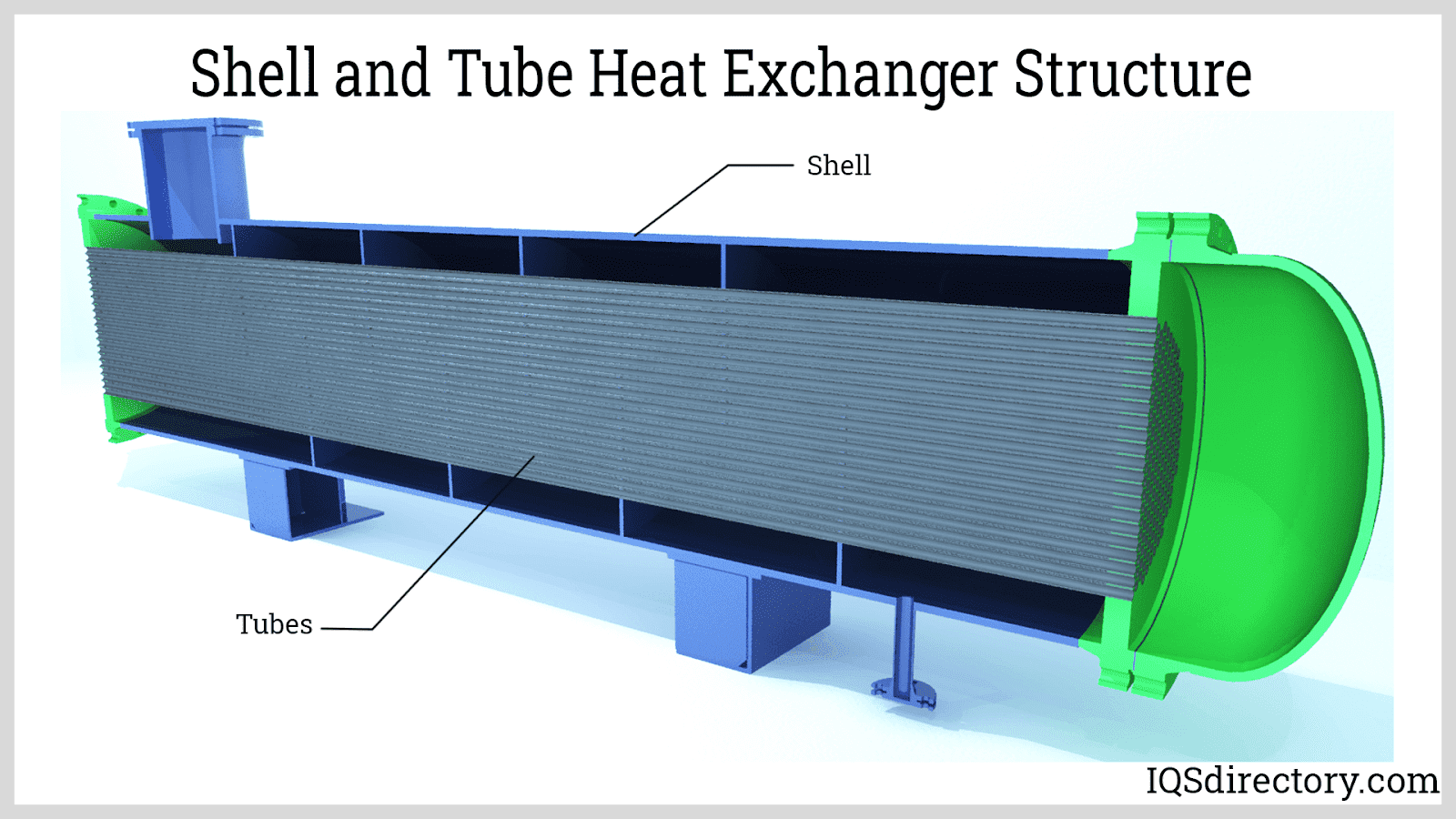
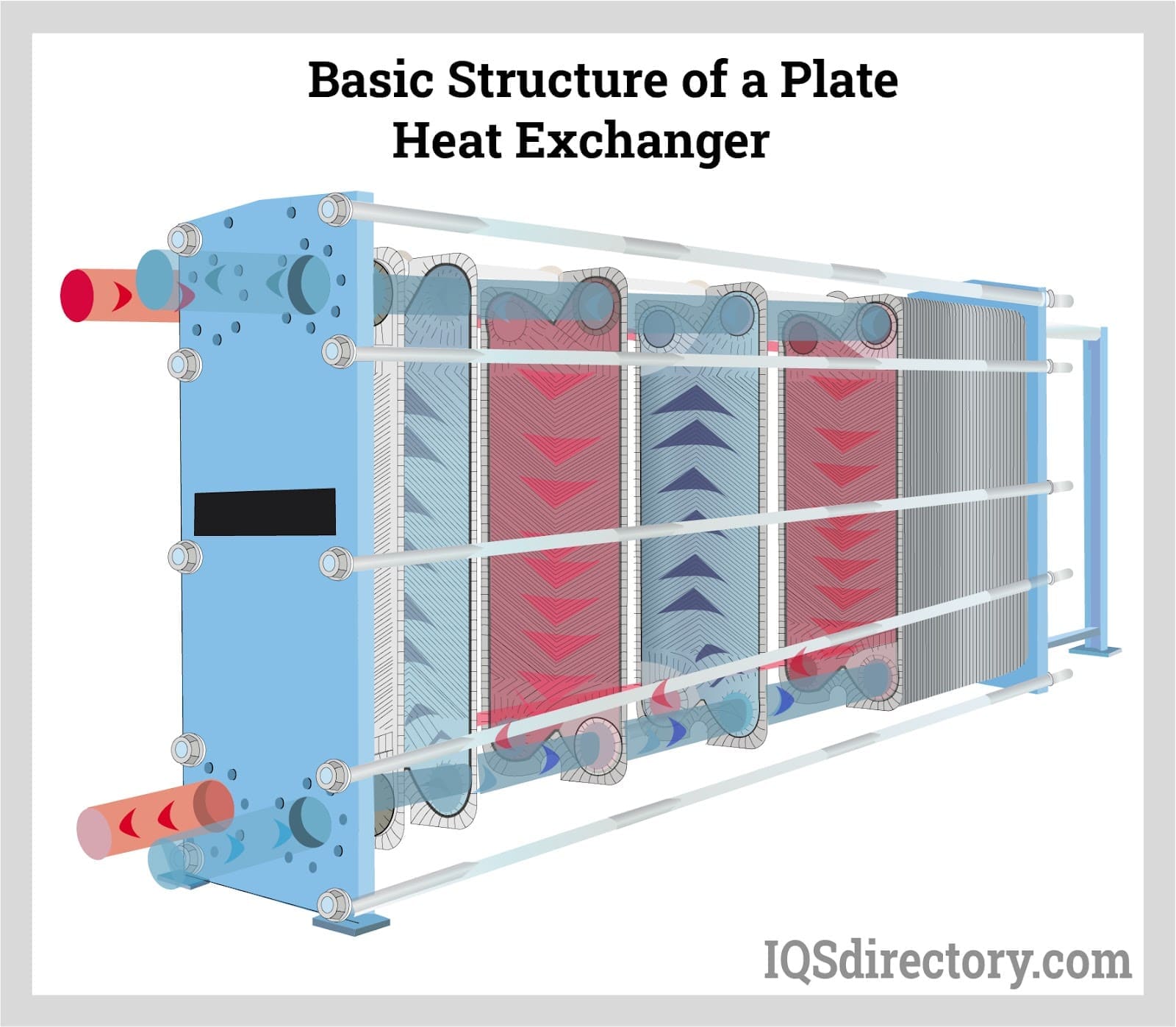
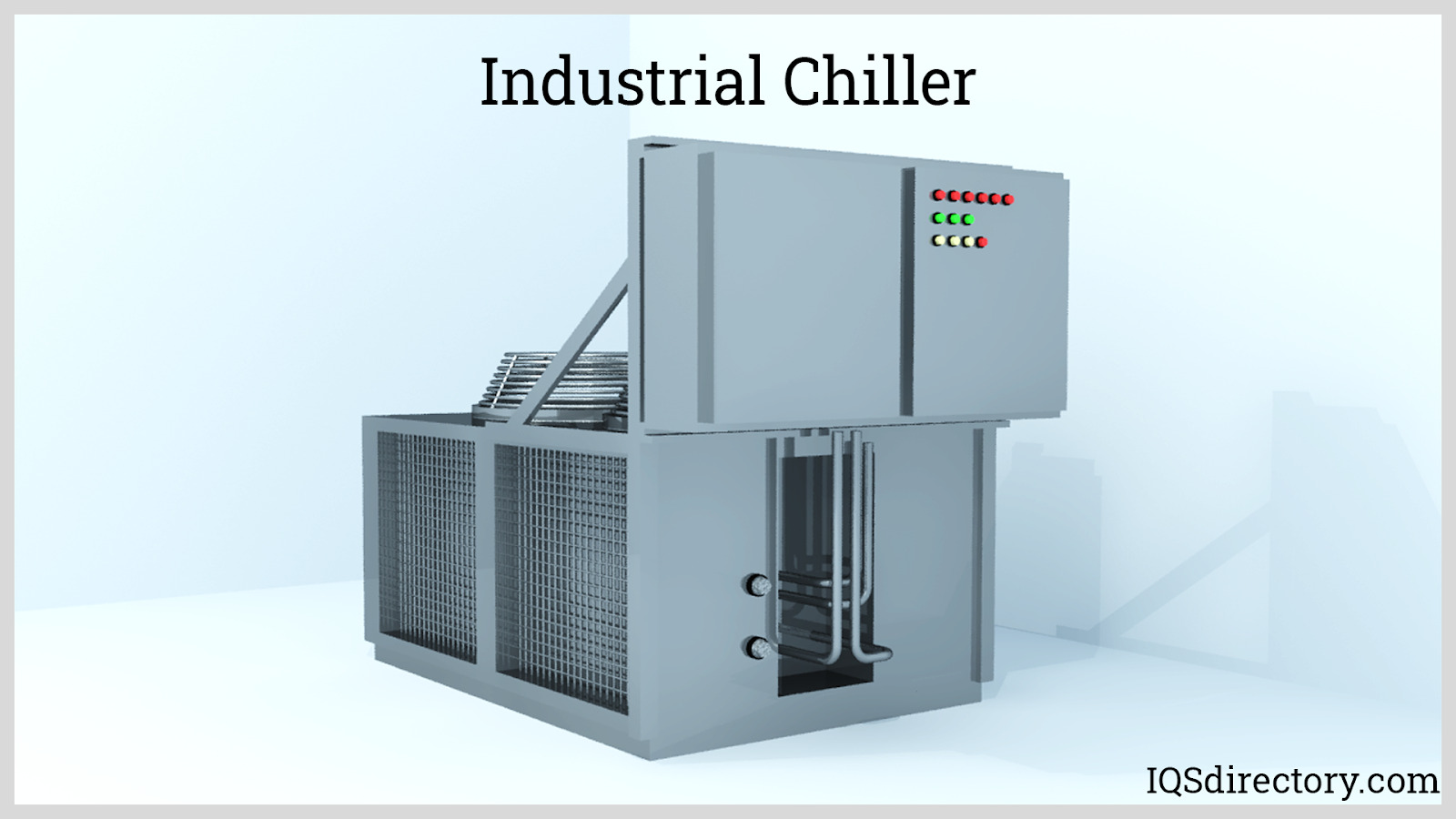
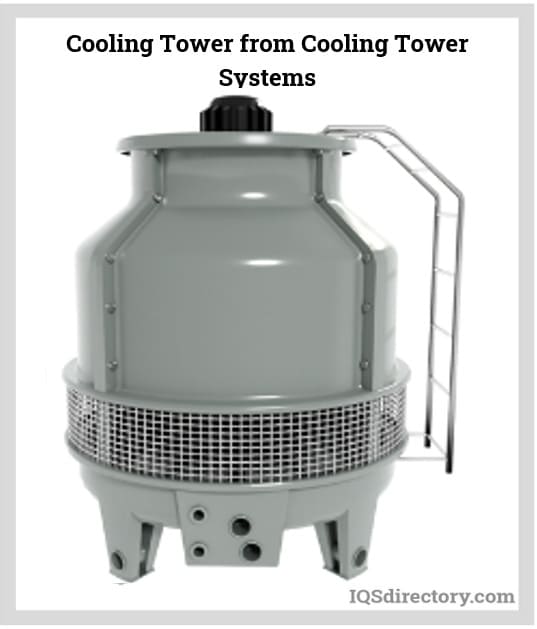
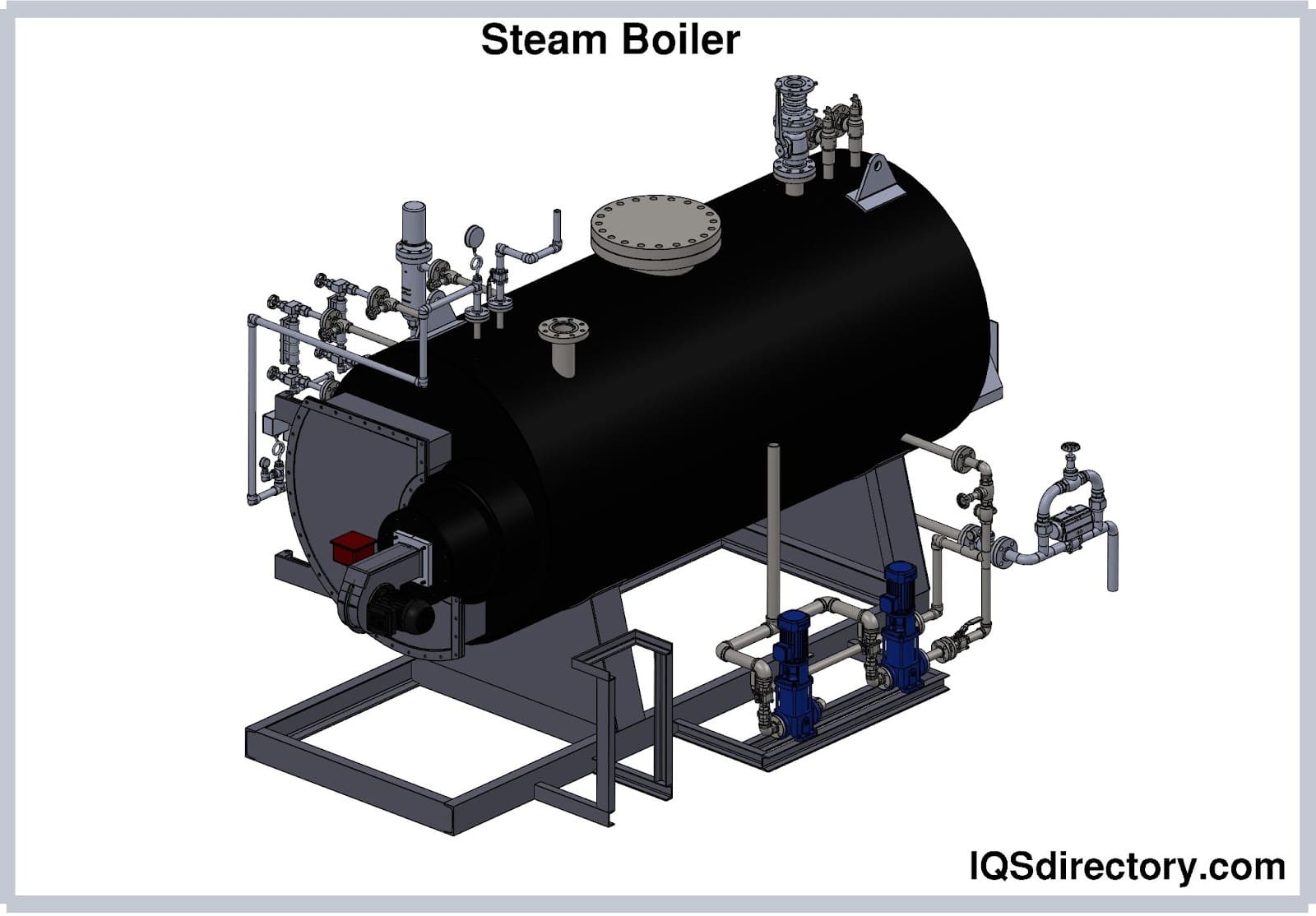
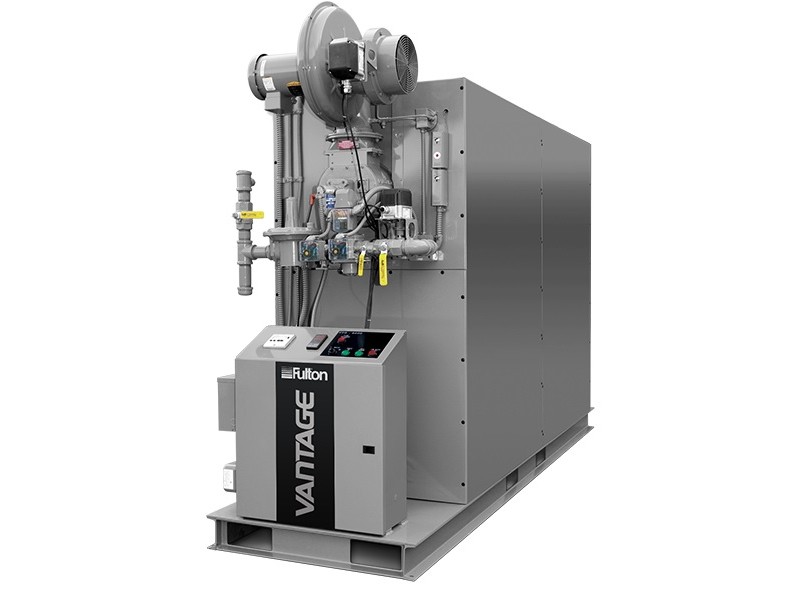 Boilers
Boilers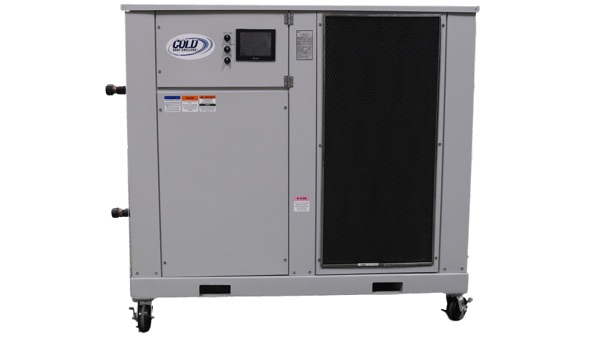 Chillers
Chillers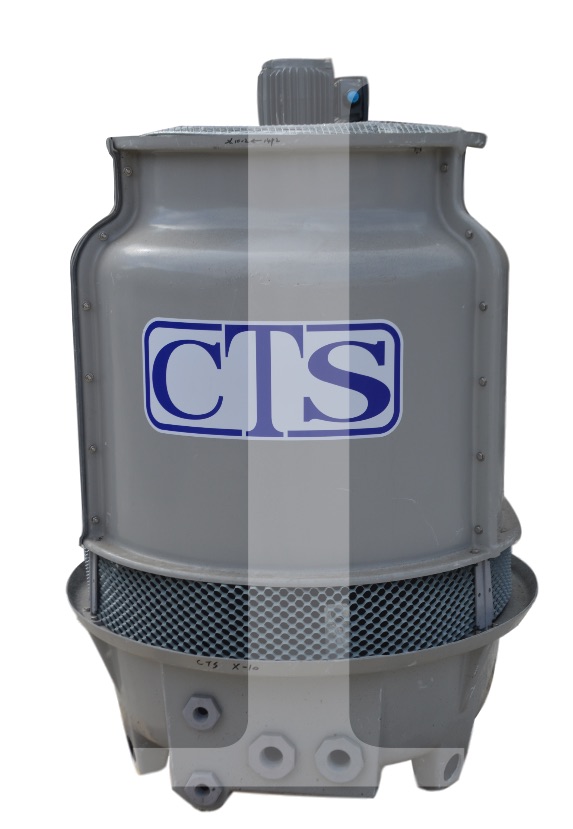 Cooling Towers
Cooling Towers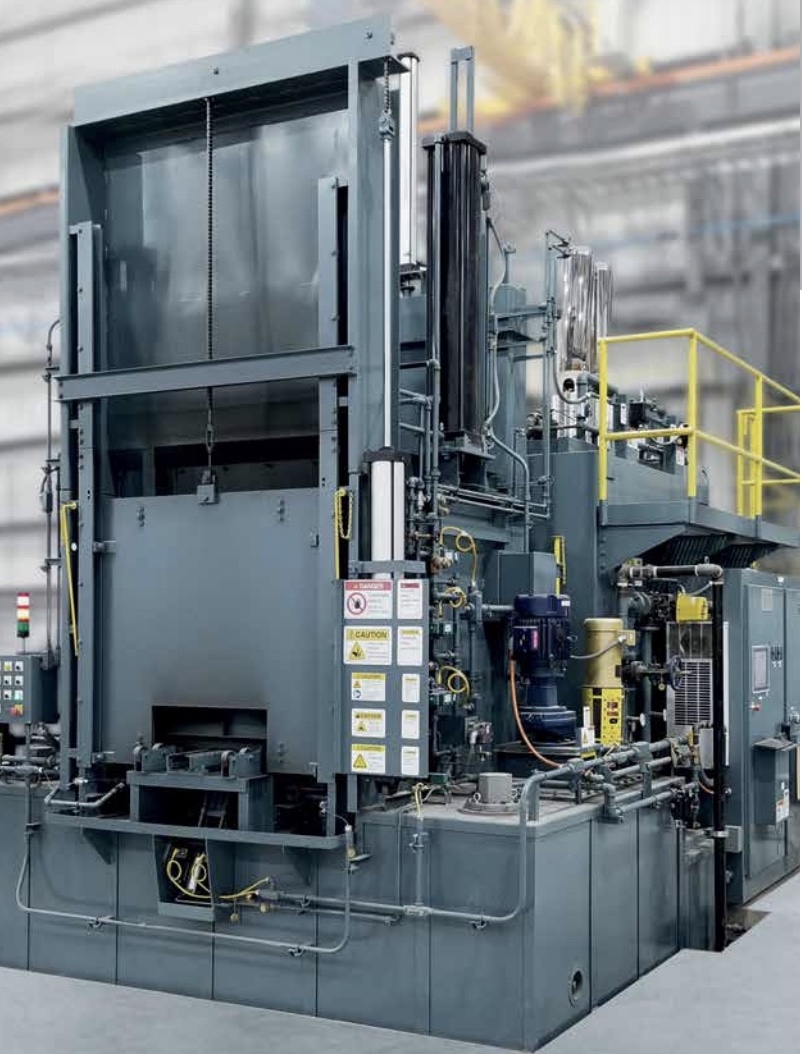 Furnaces
Furnaces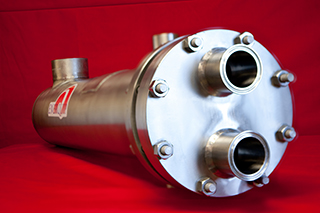 Heat Exchangers
Heat Exchangers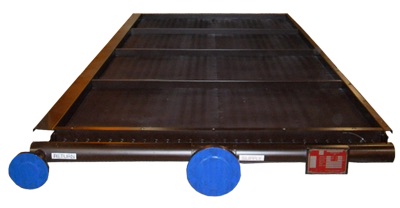 Heat Transfer Equipment
Heat Transfer Equipment Castings & Forgings
Castings & Forgings Bulk Material Handling
Bulk Material Handling Electrical & Electronic Components
Electrical & Electronic Components Flow Instrumentation
Flow Instrumentation Hardware
Hardware Material Handling Equipment
Material Handling Equipment Metal Cutting Services
Metal Cutting Services Metal Forming Services
Metal Forming Services Metal Suppliers
Metal Suppliers Motion Control Products
Motion Control Products Plant & Facility Equipment
Plant & Facility Equipment Plant & Facility Supplies
Plant & Facility Supplies Plastic Molding Processes
Plastic Molding Processes Pumps & Valves
Pumps & Valves Recycling Equipment
Recycling Equipment Rubber Products & Services
Rubber Products & Services